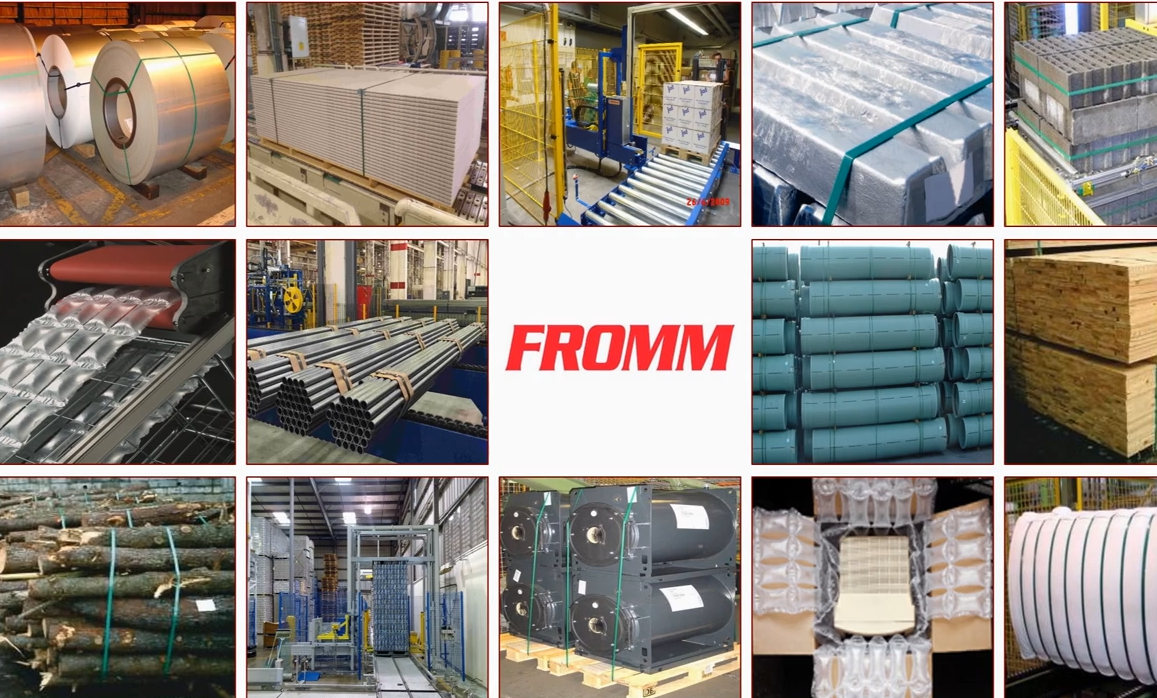If you’re revamping your plant’s packaging operations, you might be looking at the strapping materials and machines you’re using. You may be wondering if it’s time to switch away from manual processes and tools. Perhaps you’re asking when you can use plastic strapping.
One subject you’ve considered is polypropylene (PP) strapping machines. Here are some answers to the most common questions.
1. What Are Polypropylene Strapping Machines?
Polypropylene strapping machines automate the strapping process using PP strapping to secure and stabilize packages or loads during transport and storage. They offer benefits such as increased productivity, cost savings, and improved safety for workers.
There are different types of polypropylene strapping machines on the market, including:
- Automatic Polypropylene Strapping Machines
- Semi-Automatic Strapping Machines
- Polypropylene Strapping Systems
When considering alternative methods of strapping, it is important to understand the goal or job you’re trying to accomplish and whether your current process and tooling satisfy that need.
2. Can You Automate PP Strapping?
You can absolutely automate the process using polypropylene strapping machines from hand tools or semi-automatic applications.
You can also use semi-automatic and handheld devices when working with PP strapping.
3. How Fast Are Polypropylene Strapping Machines?
It depends on the model you’ve purchased. If you’re using handheld devices, you’re going to process less per hour than if you use an automatic or semi-automatic strapping machine.
If you’re using a fully automated solution, you can probably count on processing around 130 packages per hour. This is much faster than a human team can move. Better yet, the machine can automatically strap your packages, increasing production efficiencies and reducing labor costs. The machine also doesn’t experience fatigue, which means improved productivity.
4. When Should You Use PP Strapping?
Many plant managers are leery about shifting away from current strapping methods, even though it’s the most expensive. Plastic strapping, like PP strapping, is often more economical, and it does just as good a job with most loads.
Polypropylene strapping is best used with lighter products. It can be used for heavy bundling and light palletizing. If you’re dealing with heavier loads, you may want to consider polyester, which is generally considered stronger. Steel is often still used with the heaviest loads where an alternate lower cost solution may be available.
5. How Expensive Are They?
Again, the answer to this question depends on the solution you adopt for your plant. Handheld devices are the most affordable solutions. They may be a good investment if you deal with relatively low production rates.
For those with higher volumes, investing in a semi-automatic or automatic solution may be the right choice.
If you work in a high-volume environment, however, the automated solution is often a worthwhile investment. It can increase productivity, reduce the potential of damage, and improve worker safety and fatigue while providing increased efficiency and potential cost savings.



